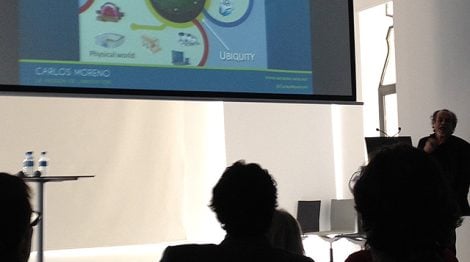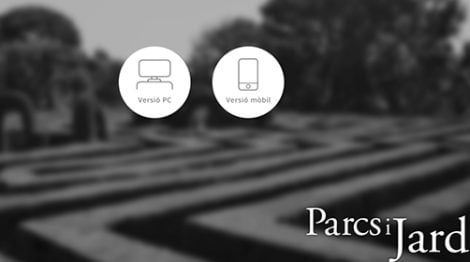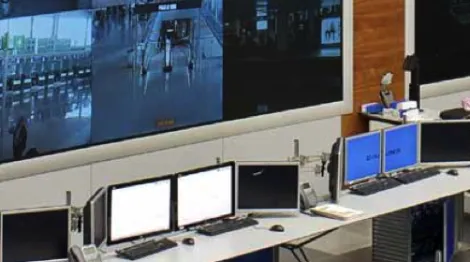4 Ideas for Dressing the Smart City
Several weeks have passed since the celebration of the third edition of the Smart City Expo World Congress 2013. There were three intense days in which we were able to attend talks, meetings or plenar...

Several weeks have passed since the celebration of the third edition of the Smart City Expo World Congress 2013. There were three intense days in which we were able to attend talks, meetings or plenary sessions on different aspects of the smart city. Certainly, the volume of information circulating through the different spaces was such that it saturated more than one congressman, not to mention the WIFI network of Fira Barcelona, which was not up to the standards of an event of this nature.

Process of “dressing” the environment. A work by Christo and Jeanne-Claude.
But let’s not get distracted from the title of the post. It has been an event in which we have been able to concentrate in a single space all the parties that are part of the SMART ecosystem of a smart city. Agreed, some readers will be thinking about it already, the citizen or the social part of every city has been relegated in many occasions to a complement, to a necessary actor but with little voice among the cast of speakers of the poster.
In the sum of the parts we find one of the keys to success for the transition to a Smart City. The deployment of ICTs (Information and Communication Technologies) in the smart city is an equation in which the public administration (driver), industry (provider), the financial sector (facilitator), and the citizen (consumer of services) must intervene.
However, the sum of the parts requires an ecosystem that facilitates innovation, creativity, and experimentation. Only in this way can we test the economic viability, efficiency, and social profitability of different technological solutions.
And at the moment this ecosystem is corseted in a dress that does not allow us many movements. It is necessary to go to the tailor, take measurements, adjust the size and mend some tears. From Creating Smart Cities by Logitek, these are some of the guidelines that we would recommend to the tailor of the smart city.
- Firstly, the regulatory framework for public procurement (RD 3/2011, Consolidated Text of the Public Sector Contracts Law) requires integrating some flexibility to promote and guarantee the viability and continuity of pilot experiences of a technological nature.
- As a second argument, we must assume that the increasing capacity to obtain information (anywhere/anytime) and its intelligent use forces us to rethink the relationship between government and citizenship, making it necessary to capitalize on the new existing two-way communication channels to adapt ICTs to the social needs of the city.
- The language between the public and the private sector as a third argument. The collaboration between the promoters (public administration) and the providers (industry) must be established in the same code of communication: share risks, guarantee public services, generate confidence to invest, facilitate competition…
- Finally, a new organization and public management. Everything is changing, but also the administration and its procedures and management. Although there are interesting initiatives of electronic administration, of new models of open government, there are many instances and departments that live oblivious to these changes. A new public management connected with the real needs of the city is necessary.
However, a tailor ahead of his time, upon hearing these arguments, could ask us:
– And with this new smart dress, where do we want to go?
This question is the reason for a new post…





